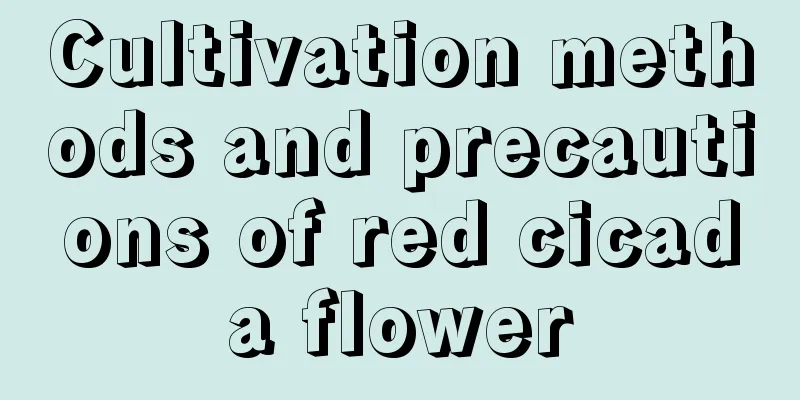What fish can be raised together with Arowana?

|
Arowana has high ornamental value and bright colors, making it the choice of many ornamental fish enthusiasts. However, it has a strong sense of territory and a very ferocious temperament. So what kind of fish can be raised together with Arowana? Let’s take a look below. 1. What fish can be raised together with Arowana? Arowana is a large and ferocious fish species. When raised together with arowana, it can be paired with other large fish such as arowana, fortune fish, stingray, Thai tiger, macaw, etc. These fish can share equal parts in the fish tank when raised together with arowana. Try to choose non-cichlid fish, omnivorous, large fish that basically match the water quality and temperature. They have the habit of digging sand and turning over the soil, which will cause docile fish to lack hiding space. So in order to reduce unnecessary losses, be careful when choosing mixed fish species. 2. Lohan fish disease prevention and control technology 1. Anorexia ① Cause of disease: Anorexia is usually caused by adapting to a new environment and environmental changes. The arowana has a sense of urgency, the feed is not tasty, or the fish is sick, which causes the arowana to have anorexia symptoms. ②Prevention and treatment methods : When changing to a new environment, the fish will feel uneasy at first, so you can stop feeding them for one or two days. It takes time for arowana to adapt to changing feed. You can feed new feed after a few days, or mix new feed with old feed. 2. White spot disease ①Cause of the disease: White spot disease is a common disease that plagues fish. The water quality is poor, the aquarium environment changes dramatically, and the flower arowana is new to the environment with weak resistance, making it easy for white spot worms to parasitize. ②Prevention method: Use electric heating pipes to raise the water temperature to 30 degrees to kill bacteria, add Meiqing solution to the water for medicinal bath treatment, and add an appropriate amount of salt to the water for salt bath treatment. 3. Hole in the head disease ①Cause of the disease: Hole-in-the-head disease is mainly caused by lack of nutrition and harm by parasites such as tapeworms, capillaries, and hexaflagellates. ②Prevention and treatment methods: You can improve the nutrition in food and enhance the supply of nutrients such as vitamins. If the arowana is seriously ill, you can use protozoan treatment to deworm. Of course, the dosage of the medicine should be determined according to the doctor's instructions. 4. Ascites ①Cause of the disease: Ascites is caused by eating stale feed and thorny food, which injures the gastrointestinal viscera. ②Prevention and treatment methods: Oral antibiotics can be used for treatment, the water temperature can be adjusted to 30-32 degrees, fungicides can be applied to the wound, or an appropriate amount of methyl blue can be dripped into the water for treatment. 5. Dehydration ① Cause of disease: Dehydration is mainly caused by poor water quality and mixed invasion and infection of bacteria and parasites. The sick fish will have swollen abdomen, bulging eyes and loose scales. ②Prevention and control measures: Improve water quality in time, supplement with antibiotics or antibacterial agents and other treatments. That’s it |
<<: Are potted roses easy to grow? How to care for them?
>>: How to keep potted roses from withering? Are they afraid of cold?
Recommend
Lotus fertilization method, what fertilizer to use
1. Fertilization time Lotus likes fertilizer and ...
How to plant lucky clover seeds
First, you need to prepare soil suitable for the ...
Can coriander be hydroponically cultivated? Hydroponics cultivation methods and precautions
Can coriander be grown hydroponically? Coriander,...
Is baby's breath a dried flower or a fresh flower? How much is a bunch?
1. Dried flowers or fresh flowers Gypsophila not ...
How to save the white hosta leaves from turning yellow
1. Change the soil White hosta requires well-drai...
How much water should be poured during the fire festival?
1. Water volume The fire sacrifice cannot be give...
How to propagate the hanging bamboo plum by cuttings
Cutting medium for hanging bamboo plum Before sel...
What vegetables are suitable to grow in the south in autumn?
What vegetables are suitable to grow in the south...
How to prune Kalanchoe?
Kalanchoe are loved for their winter blooming qua...
What are the signs of Clivia flowering?
1. Its flowering period Generally speaking, this ...
How to deal with Phalaenopsis after flowering
1. Check the root system Uproot the plants after ...
What medicinal materials are suitable for growing on loess soil? What are the most cost-effective precious medicinal materials grown on loess soil?
Medicinal herbs grown on loess soil should be sui...
Where to place Clivia to attract wealth
1. Next to the TV in the living room (1) The reas...
How much profit can one acre of greenhouse grapes make in a year (how much money can one make from planting one acre of grapes)
One acre of greenhouse grapes annual profit Produ...
How to trim the hyacinthus
Top trim During the growth process of the Oleande...









